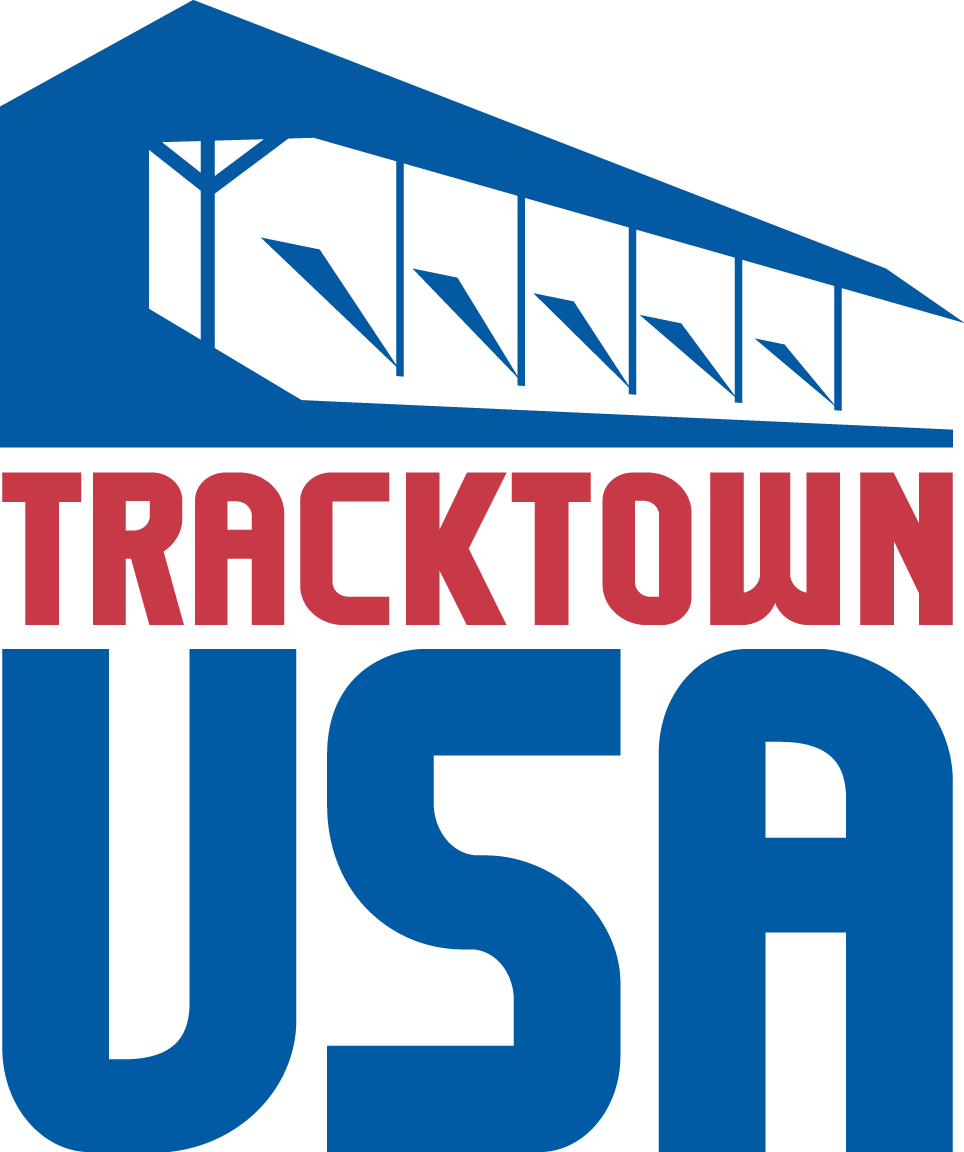50 Years Later, Still the Same Mission - Celebrating the 1972 Track and Field Season
By Jake Willard
1972. A year that means so much to so many people in this community. Hayward Field found itself squarely in the center of the track and field universe, welcoming two of the biggest meets in the nation, the NCAA Championships and the U.S. Olympic Trials. Athletes and fans gathered here, where the Willamette meets the McKenzie, to celebrate the sport and experience history. In a letter to his “friends” in the community, Bill Bowerman summed it up best. “This will be the greatest track and field year in the history of the state.” Now, 50 years later, Track Town U.S.A. is celebrating in the only way it knows how; doing it bigger.
The list of meets coming to Hayward Field in 2022 alone is enough to get even the most casual track and field fan excited. The Prefontaine Classic. Pac 12 Championships. NCAA Championships. The National Scholastic Outdoor Nationals. The World Championships. But in order to look ahead, we must first look back to the year that arguably helped cement the legacy of Track Town.
Even though it was not called Track Town U.S.A. at the time, it was already clear in the 1960s that the Eugene and Springfield communities held the sport of track and field in high regard compared to the rest of the world.
The fans understood the sport. Hayward Field would regularly see several thousand fans in attendance, even at dual meets, to support the athletes competing, always giving a proper ovation to the winners in each event. According to Tom Cushman, a writer for the Philadelphia Daily News who covered the 1971 AAU Championships at Hayward Field, “the fans are at all times aware of what is going on, even in the field events, cheering each good jump or throw and bringing those oft-forgotten people back into the scene.”
The community was eager to get involved. In the lead up to the 1972 Trials, the local organizing committee published an ad looking for volunteers to help stage the meet. “From Eugene alone we had a listing of approximately 200 volunteers that were ready to step in if needed,” said Bob Newland, meet director for the 1972 Olympic Trials, in his essay A Happening, Planned or Otherwise. The committee received substantially more volunteers than they had positions.
The meet organizers planned with the sport’s best interest in mind. Every aspect that went into staging meets at Hayward Field was tailored to ensure the athletes could compete to the best of their abilities, but also so the fans in attendance could easily follow along and support them. “With proper timing of events, good announcing, and visual aids to assist the spectator, track and field is a very appealing activity. Properly staged, a track meet is a thing of beauty,” said Newland.
With all this excitement building in and around Hayward Field, and after the NCAA selected the University of Oregon to host the 1972 Championships, Bowerman had an idea. He asked the Oregon Track Club, “How would you like to put in a bid for the Olympic Trials?”
On August 11, 1971, Newland and fellow OTC member Bill Rau presented a bid to the United States Olympic Track and Field Committee, in addition to Seattle and Los Angeles. Seattle withdrew its bid in favor of another meet, but Los Angeles expressed great interest in hosting the 1972 Trials. However, in the bid they proposed the meet be run on a two-day schedule. In 1968, the Olympic Committee made the move to run the Trials over the course of eight days to mimic the Olympics, hoping U.S. athletes would feel better prepared for the games. Los Angeles was worried about its ability to organize a profitable meet over the course of eight days.
Newland and OTC believed in providing athletes the best possible conditions to be successful and felt confident in the community’s ability to support the eight-day schedule. The committee voted 39-6 in favor of Hayward Field.
The 1972 U.S. Olympic Trials were successfully staged June 29 – July 9. Not only did the meet provide numerous memorable moments on the track, including five local runners qualifying for the Olympic Team (Steve Prefontaine, 5000 meters; Jon Anderson, 10,000 meters; Mike Manley, steeplechase; Steve Savage, steeplechase; Kenny Moore, marathon), but it proved to be one of the most successful track and field meets ever held in the United States at the time. A total of 141,100 fans found their way to Hayward Field over the course of the meet, bringing in $329,300 in ticket sales, well over the $185,000 OTC estimated in their bid. No wonder the Trials returned to Hayward Field again in 1976 and 1980.
The success of the NCAA Championships and Olympic Trials at Hayward Field was surely one of catalysts for this community receiving the nickname Track Town U.S.A. But the reputation of track and field fans in Oregon was present well before that 1972 season. Their knowledge of the sport. Their excitement to get involved. The unwavering goal to ensure all athletes competing at Hayward Field had the best environment to compete in. These characteristics helped Oregon Track Club win the bid in 1972. And these characteristics are still very much present in our community today.
Together we have fostered a community. We have learned from our successes. We have continued to build upon the goals of Bill Bowerman and many others who inhabited Hayward Field 50 years ago. In Track Town U.S.A., we constantly strive to put on the best track and field meet the world has ever seen. And that all comes together in 2022, as we prepare to welcome the world into our home.
This will be the greatest track and field year in the history of Oregon.

